I want to understand the code of this JSON editor and modify it.
In directives.js, there is a piece of code that tries to construct templates:
var switchTemplate =
'<span ng-switch on="getType(val)" >'
... ...
+ '<span ng-switch-when="Boolean" type="boolean">'
+ '<input type="checkbox" ng-model="val" ng-model-onblur ng-change="child[key] = val">'
+ '</span>'
... ...
+ '</span>';
// display either "plus button" or "key-value inputs"
var addItemTemplate =
'<div ng-switch on="showAddKey" class="block" >'
+ '<span ng-switch-when="true">';
if (scope.type == "object"){
// input key
addItemTemplate += '<input placeholder="Name" type="text" ui-keyup="{\'enter\':\'addItem(child)\'}" '
+ 'class="form-control input-sm addItemKeyInput" ng-model="$parent.keyName" /> ';
}
addItemTemplate +=
// value type dropdown
'<select ng-model="$parent.valueType" ng-options="option for option in valueTypes" class="form-control input-sm"'
+ 'ng-init="$parent.valueType=\''+stringName+'\'" ui-keydown="{\'enter\':\'addItem(child)\'}"></select>'
// input value
+ '<span ng-show="$parent.valueType == \''+stringName+'\'"> : <input type="text" placeholder="Value" '
+ 'class="form-control input-sm addItemValueInput" ng-model="$parent.valueName" ui-keyup="{\'enter\':\'addItem(child)\'}"/></span> '
+ '<span ng-show="$parent.valueType == \''+numberName+'\'"> : <input type="text" placeholder="Value" '
+ 'class="form-control input-sm addItemValueInput" ng-model="$parent.valueName" ui-keyup="{\'enter\':\'addItem(child)\'}"/></span> '
// Add button
+ '<button type="button" class="btn btn-primary btn-sm" ng-click="addItem(child)">Add</button> '
+ '<button type="button" class="btn btn-default btn-sm" ng-click="$parent.showAddKey=false">Cancel</button>'
+ '</span>'
+ '<span ng-switch-default>'
// plus button
+ '<button type="button" class="addObjectItemBtn" ng-click="$parent.showAddKey = true"><i class="glyphicon glyphicon-plus"></i></button>'
+ '</span>'
+ '</div>';
The first thing I don't understand is the purpose of ui-keyup="{\'enter\':\'addItem(child)\'}", given we have already ng-click="addItem(child)" for the Add button. If I delete it ui-keyup="{\'enter\':\'addItem(child)\'}", it seems that the code still works.
The second thing I don't understand is ng-change="child[key] = val", where does key come from?
Actually what I want to realise is adding a handsontable type along with the existing types, so that people could fill in a table and add it to the JSON object:
Here is the entire project I have at the moment: plnkr, all the table-related modifications are in directives.js.
By adding the following code in addItemTemplate, it does show the above table. But I don't know how to do the rest, i.e., adding the instance to the JSON object after pressing the Add button. Note that we could get the data of a handsontable instance from its hot-id like this.
`+ '<span ng-show="$parent.valueType == \'' +tableName+'\'"> :
<div ng-controller="MainCtrl as ctrl"><hot-table hot-id="mytable" datarows="ctrl.db.items" height="50" width="100"></hot-table></div>'`
Does anyone know what to do for the rest? The original code is hard to understand (it is a recursion), I have been struggling with this for several days (that's why I put a 100 bounty)...
